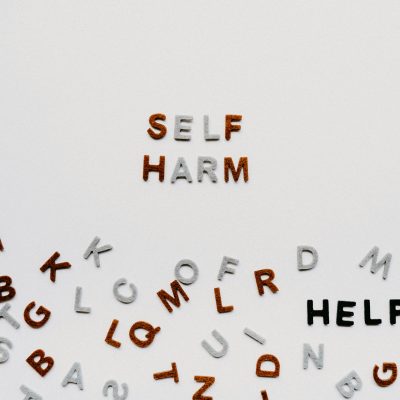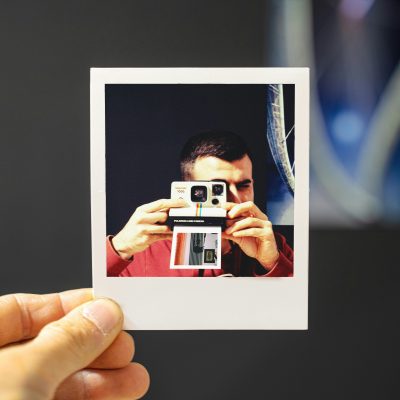Psychological portrait: the birth and death of a stereotype
Big sunny city. Riding in the subway, looking at a person and trying to predict mental reactions and get confirmation of visual information.
Science is fine, practice is even more so, but still… how many dissatisfied people there are in today’s transport… They are mutually dissatisfied with each other and reflect it both on their faces and mirrored in other passengers. Thus, we get a kind of closed stereotyped circle of mutual enmity (under the slogan of the stereotype “there are always dissatisfied people in transport!”).
Notice, when you get on a bus full of people, you involuntarily get angry, your mood …goes down and you become very unhappy. Is that it? Or do you control the process? And if you think about it – you are dissatisfied just approaching the stop, seeing dissatisfied people and anticipating a trip without comfort…. However. Such a systematic attitude is a powerful psychological blow and subsequently – stress and a “tail” of health problems. Although it happens in different ways, and stops and transportation is free. Do you appreciate it? Or even if the trip in the transport was successful, you were passed forward or, in fact, gave up your seat – stereotypes of “bad trip” and “dissatisfied people” are already deeply embedded in your consciousness? Yes, exactly, nothing passes without a trace – this is the main rule of a healthy person.
Anecdote:
Crowded bus. A young woman is pressed against the door next to the seat. A respectable man, giving her a seat, says: “Woman, sit down!”
To which he receives the response of the young lady barely breathing at the door: “I am not so old that you should give me a seat!»
With time and experience of psychological practice one realizes that people’s attitudes to everything around them are mainly formed from the stereotypes of information perception created by them. And people themselves aggravate the situation to the maximum, causing harm to themselves and others. In other words, we put ourselves in a framework from which it is hard and lazy to find a way out.
What do we get? And it turns out: adults, going into patterns of stereotypes, thus, protect themselves from unnecessary stress (this is how they think). But is it right to rely on a stereotype? Because leaving a stereotype gives freedom to think openly and fully, i.e. individually.
Children, unlike adults, are more sensitive, they have not yet lost and have not lost in the cycle of events a truly accurate (in its purest form) perception of a stranger. It is easy to check – ask a small child if he likes this aunt or uncle – and you will hear a fairly accurate intuitive answer based on a pure sense of self-preservation, possibly with comments. And now ask the same question to an older child, most likely he will say “I don’t know”, because he has already heard something, seen something, somehow perceived and borrowed some template of perception for himself.
Children’s stereotypes are mainly based on offenses. If a child thinks mainly in stereotypes – he needs psychological help, because there was a disappointment and resentment, which unfortunately can dramatically affect the change of his view of life and damage the further development of the child.
In writing the Psychological Portrait of Personality (PPP),
the stereotype is emphasized as a separate area of study. In addition, the ratio of the influence of stereotype as a phenomenon on the person under study is indicated.
As a rule, creative people – think in images, and people aimed at the specialized application of their knowledge – in systems and stages.
People who tend to think in patterns are the first candidates for the list of stereotyping. In addition, the formed stereotype – gives the opposite meaning, pointing to the person. After all, who can unequivocally assume that his new acquaintance is an insincere person and a deceiver? Only the same insincere person and deceiver, because people subconsciously try everything on themselves and compare everything.
Almost always, when communicating with a new person, people look for confirmation of their stereotypes and are genuinely happy to find them. Thus, in PPP, you can initially identify the presence of stereotypical perceptions in a person. In conversation, this usually manifests itself as: “Well, of course…”, “…it is clear that”, “yes it is clear…”, “no wonder…” and in statements without supporting facts.
Stereotyped thinking is common in behavioral disorders as well as trauma.
People with underdevelopment try to think in most cases stereotypically, firstly it creates an element of wisdom and visually raises such a person on a step higher, and secondly it considerably facilitates and simplifies understanding of the surrounding world. Such Persons are often excessively aggressive. At the same time, if to remember that stereotype gives the opposite meaning, pointing to a person – it is possible to state some scarcity (and sometimes even problems) of thinking in a person based on prevalence of stereotypical thinking.
To summarize, in everyday life the birth of stereotypes occurs when people look for simple ways, do not want to develop their imagination and thinking. And stereotypes die with the understanding of an exceptionally special approach to people, individual and understanding.
As a rule, recommendations on problems of stereotypical thinking are not given within the framework of PPP, if the client does not have a key problem in this very issue. However, there is a special system of leaving stereotypical thinking, developed by the “Center for the Study of Personality“, which gives an opportunity to bring a person’s nervous system to a normal state and, in the future, to strengthen one’s position without stereotypical perception.
Alisa Anisimova
Psychologist – personologist, physiognomist














